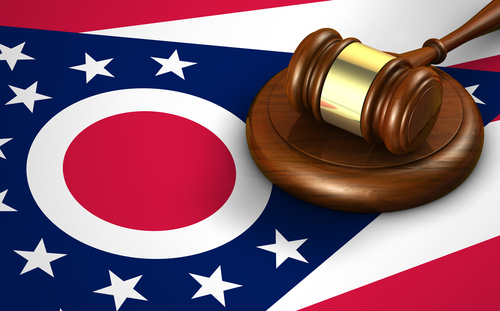US Law Schools Expanding Clinical, Professionalism Offerings, Survey Shows
U.S. law schools have been beefing up their clinical and professionalism programs in response to the shifting economy and various calls for curricula changes from academia and the media, a new survey shows.
Three-quarters of the schools surveyed cited the changing job market as a reason for the curricula changes. Nearly two-thirds of the schools said they had been inspired to act by a pair of influential 2007 reports calling for an increased emphasis on professional skills and professionalism in the curriculum.
The survey also found law schools have increased all aspects of skills instruction–including clinical, simulation and externships–in response to a law school accreditation standard adopted in 2004 requiring that students receive “substantial instruction” in skills generally regarded as necessary for effective and responsible participation in the legal profession.
An executive summary (PDF) of the survey results was released Thursday by the ABA Section of Legal Education and Admissions to the Bar. The full report will be released in advance of an Aug. 4 presentation on the survey results at the ABA Annual Meeting in Chicago.
The new survey builds on an empirical study the section previously conducted that examined changes in law school curricula from 1992 to 2002. The new survey uses the 2002 survey as a baseline to track changes and observe trends in law school curricula between 2002 and 2010.
Hulett “Bucky” Askew, the ABA’s consultant on legal education, in a prepared statement accompanying a release on the results, said the report offers empirical data to clarify the discussion of how law schools are preparing their students. “The survey responses reveal a renewed commitment by law schools to review and revise their curricula to produce practice-ready professionals,” he said. “The report illuminates the extent to which faculties and administrations have responded to the evolving needs of their students and to changes in the legal services industry.”
Survey editor Catherine Carpenter, a professor at Southwestern Law School in Los Angeles and chair of the ABA curriculum committee, which produced the report, said the data show how law schools have responded both to a changing legal job market and to increased competition as the number of ABA-approved law schools has grown.
“Media scrutiny of legal education, and specifically of the law school curriculum, has also fueled the conversation,” she said.
The survey also found:
• That while all law schools offer opportunities for pro pono service by students, 18 percent of schools in 2010 required students to perform an average of 35 hours of mandatory pro bono service for graduation.
• Eighty-seven percent of all ABA-approved law schools offered joint degrees in 2010, the most popular remaining the JD/MBA joint program. But the JD/MSW (masters in social work) program experienced the most growth.
• Law schools have increased unit requirements for first-year legal writing and have expanded course coverage to include skills instruction beyond traditional advocacy.



